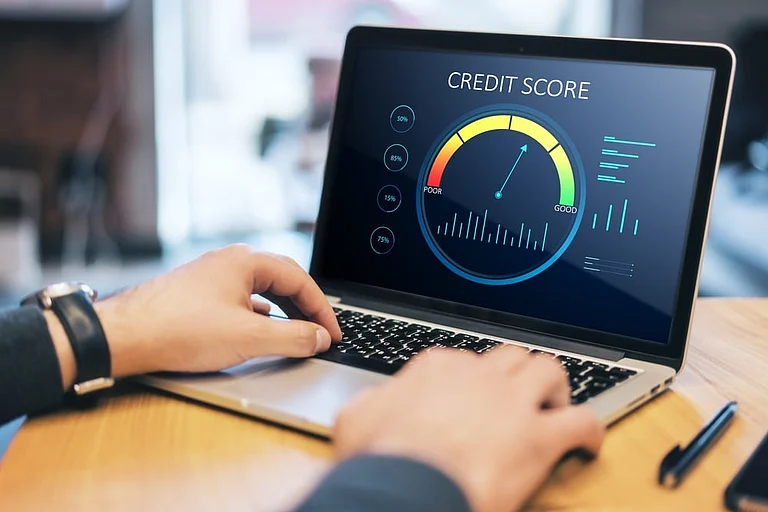Putting a credit card into hibernation may seem, at first, like a smart financial decision, but it could be quietly hurting your credit score. While apparently innocent on the surface, inactivity can set off a chain of events that is damaging to your credit profile, experts say
Inactivity Isn’t Always Neutral
Some credit card holders think that they are practising financial discipline by not using a credit card. But that’s not how credit reporting agencies necessarily look at it. Unused cards, in fact, can be working against you if they’re closed for inactivity or cause a change in your credit utilization ratio.
Factors That Shape Your Credit Score
Note what factors affect your credit score to gauge the impact of an unused card:
Payment history: Whether you pay on time, which boosts your score, or miss your payment, which hurts it, is the most important factor.
Credit utilisation: It means the amount of money that is available to use via a credit card.
Length of credit history: If the history of money borrowing is long, it translates into a better credit score.
Credit mix: It is recommended to have a mix of different kinds of credit, such as credit cards and auto loans.
New credit: Having too many recent applications can pull your score down.
How an Idle Card Can Backfire
Modifications to the Credit Utilization Ratio: Not using a card can keep your utilisation low, which is generally a good thing. But if your issuer cuts your credit limit or shuts the account entirely, your total available credit goes down. That can bump your utilisation ratio up, even if your spending has remained the same.
Risk of Account Closure: Credit card issuers keep an eye on dormant accounts. Your issuer may close any card that isn’t used for too long. That impacts two of the three major aspects of a credit score:
Credit Age: If you close an old account, your average age of credit history may drop.
Available Credit: Less available credit increases your utilisation ratio.
Payment History Impact
Your payment history is the most powerful aspect of your credit score. A card that’s never used doesn’t do a thing for that record.
How to Protect Your Score
Use the Card Occasionally
Even minor purchases every few months can keep the account alive and help establish a positive payment history.
Set Up Auto Payments
Connecting a recurring charge, such as a subscription, to the card guarantees that the card will be used regularly. Automating payments also mitigates the risk of forgetting payments.
Check Terms Periodically
Check whether the card has inactivity penalties or annual fees. If keeping it open is free, it could help your overall credit standing to maintain the account.
An unused credit card may feel like it can just be ignored, but its effects can slowly eat away at your credit score. Do this instead of allowing it to gather dust: put it to work, in little ways. Using it consistently and responsibly, even just in small doses, can help you maintain your score and keep your credit profile strong.
















